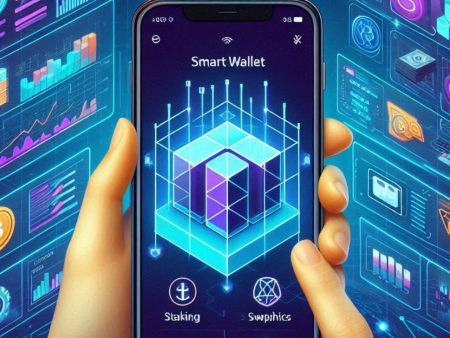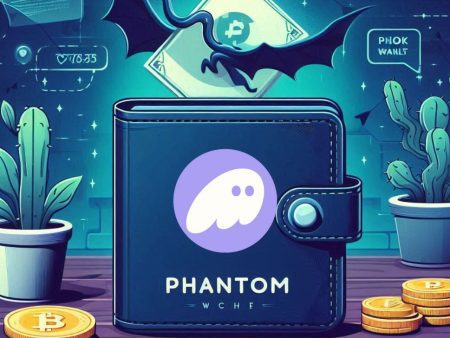Web3 wallets are next-generation digital wallets that let you manage digital assets and access dApps, DeFi, and NFTs across multiple blockchains with full control over your private keys. They support multi-chain storage of tokens and NFTs, enable transaction authentication and smart contract signing without intermediaries. Popular types include self-custodial wallets, custodial wallets, and smart wallets, all secured by seed phrases, private keys, and strong encryption.
If you want to learn more about Web3 wallet types, security features, and how to choose the right wallet for your blockchain journey, don’t miss the in-depth analysis from TOPCOIN9 below.
What Are Web3 Wallets?

Web3 wallets are non-custodial digital wallets that let users control their private keys and interact directly with decentralized apps and blockchains (Wikipedia, 2021; Binance, 2025). They enable secure management of cryptocurrencies, NFTs, and DeFi assets without intermediaries (99Bitcoins, 2025).
Many popular Web3 wallets are compatible with gaming tokens such as gala coin, allowing users to store, transfer, stake, and trade GALA easily alongside other digital assets within the blockchain ecosystem.
Now that you understand what Web3 wallets are and their role in the decentralized ecosystem, let’s explore the key features and functions that set them apart from traditional wallets.
Key Features and Functions of Web3 Wallets
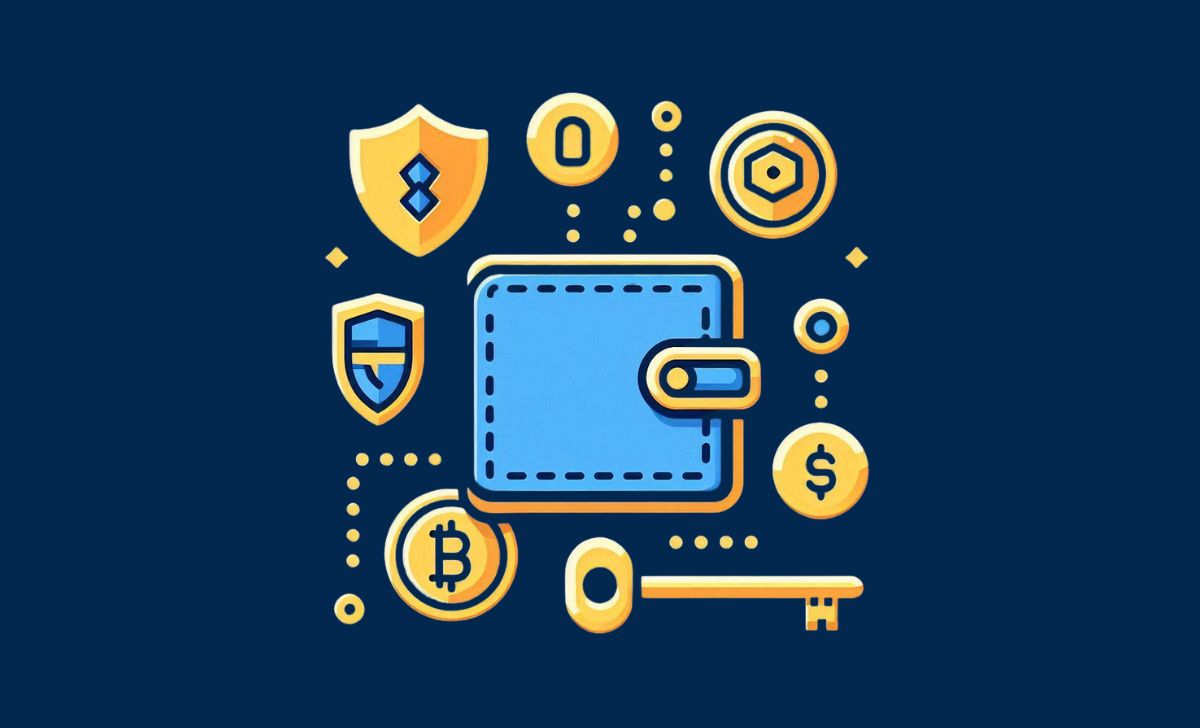
To better understand the advantages of Web3 wallets, here are their most important features and functions (Algorand, 2025; Binance Academy, 2024; Bitpanda, 2025):
- Multi-chain and Multi-asset Support: Manage cryptocurrencies, NFTs, and tokens across various blockchains from a single wallet (Algorand, 2025; Binance Academy, 2024; Bitpanda, 2025).
- Self-custody and Private Key Control: Users fully control their assets and private keys, with no third-party access (Bitpanda, 2025; 99Bitcoins, 2025).
- Seamless dApp Integration: Connect directly to decentralized applications, DeFi protocols, NFT marketplaces, and blockchain games (Bitpanda, 2025; Binance Academy, 2024).
- Peer-to-peer Transactions: Send and receive digital assets instantly without intermediaries or centralized platforms (Algorand, 2025; Binance Academy, 2024).
- Robust Security: Strong encryption and seed phrase protection safeguard assets from unauthorized access (Algorand, 2025; Bitpanda, 2025).
- Digital Identity and Governance: Serve as digital identities, enabling participation in DAOs, on-chain voting, and decentralized communities (99Bitcoins, 2025; Bitpanda, 2025).
These features make Web3 wallets essential for secure, flexible, and decentralized management of digital assets and blockchain interactions (Algorand, 2025; Binance Academy, 2024).
After reviewing the main features and functions, it’s important to consider the different types of Web3 wallets available to users, each offering unique advantages.
Types of Web3 Wallets
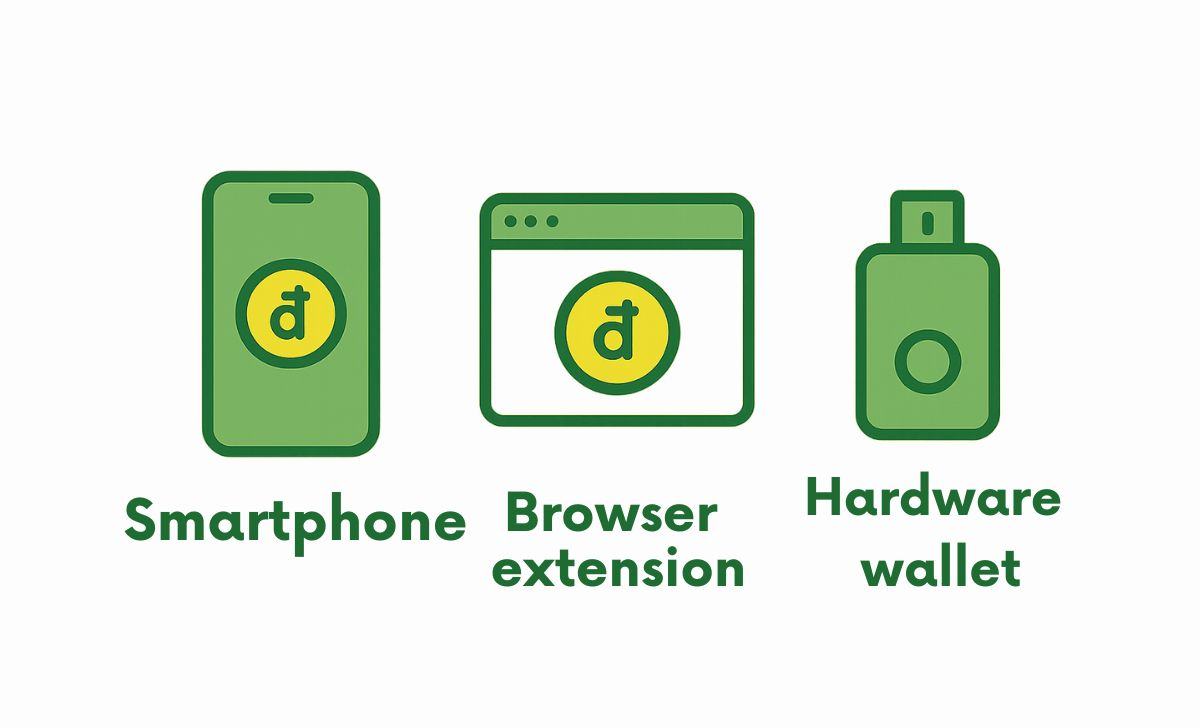
To help users choose the right solution, here are the main types of Web3 wallets and their key characteristics (Kraken, 2023; Binance Academy, 2024; Bitpanda, 2025):
- Software Wallets: These include browser extensions, desktop, and mobile apps. They are always connected to the internet, offering convenience and easy dApp access but are more vulnerable to malware and hacking (Kraken, 2023; Bitpanda, 2025).
- Hardware Wallets: Physical devices that store private keys offline (cold storage), providing maximum security against online threats. Popular examples are Ledger and Trezor (Binance Academy, 2024; Bitpanda, 2025).
- Web Wallets: Accessed via browsers, these wallets offer online convenience but require caution due to exposure to phishing and malicious sites (Binance Academy, 2024).
- Smart Contract Wallets: Programmed with advanced features like social recovery, gasless transactions, or multi-signature security, these wallets use smart contracts for enhanced control and flexibility (Alchemy, 2025).
- Custodial vs. Non-Custodial: Custodial wallets are managed by third parties (e.g., exchanges), while non-custodial wallets give users full control over their private keys (Alchemy, 2025).
Each type offers a different balance of security, convenience, and functionality, so users should choose based on their needs and risk tolerance (Kraken, 2023; Binance Academy, 2024; Bitpanda, 2025).
With these wallet types in mind, let’s move on to a closer look at security considerations and user experience, which are crucial factors when choosing a Web3 wallet.
Security and User Experience
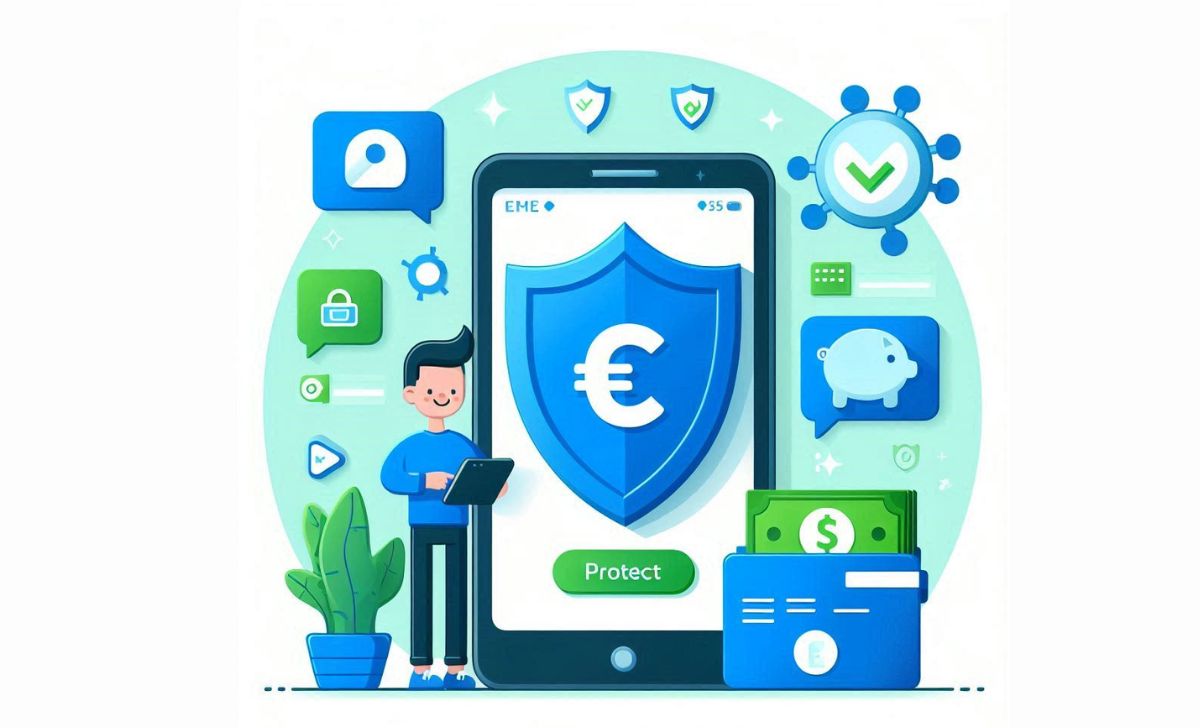
Security and user experience are critical factors in the adoption and effectiveness of Web3 wallets, requiring a careful balance between robust protection and ease of use (Wikipedia, 2017; NIST, 2024; St. Cloud State University, 2019).
- Private Key Control: Users must safeguard their private keys, as they grant full access to digital assets. Losing or exposing a private key can result in irreversible loss of funds (Wikipedia, 2017; St. Cloud State University, 2019).
- Cold vs. Hot Wallets: Hardware (cold) wallets store keys offline for maximum security, while software (hot) wallets offer convenience but are more vulnerable to online attacks (Wikipedia, 2017; St. Cloud State University, 2019).
- User-Friendly Design: Modern wallets prioritize intuitive interfaces and streamlined onboarding to reduce user errors and increase adoption, as poor UX can lead to high drop-off rates (Wikipedia, 2017; TDeFi, 2025).
- Security Features: Best practices include regular software updates, strong passwords, two-factor authentication, and multi-signature options to mitigate risks (Chainstack, 2023; NIST, 2024).
- Transparency and Trust: Open-source code, third-party audits, and public transaction records on blockchain explorers like Etherscan enhance trust and allow users to independently verify wallet operations (Wikipedia, 2017; NIST, 2024).
- Continuous Improvement: Ongoing monitoring, user feedback, and rapid patching of vulnerabilities are essential to maintain both security and a positive user experience in the evolving Web3 landscape (NIST, 2024; TDeFi, 2025).
The most effective Web3 wallets seamlessly integrate advanced security with user-centric design, fostering trust and broader adoption in the decentralized ecosystem (Wikipedia, 2017; NIST, 2024; TDeFi, 2025).
Web3 wallets empower users with true ownership, advanced features, and flexible access to decentralized applications, setting a new standard for digital asset management. By understanding their definition, diverse types, and robust security measures, users can confidently navigate the evolving Web3 landscape. For the latest insights and expert guidance on Web3 wallets and blockchain security, follow TOPCOIN9.

Sophia Mitchell is a passionate crypto educator with 6+ years of experience in blockchain training and community building. She has led educational initiatives for major crypto platforms and now empowers the TopCoin9 audience with valuable insights into Web3, staking, and DeFi.
Email: [email protected]
